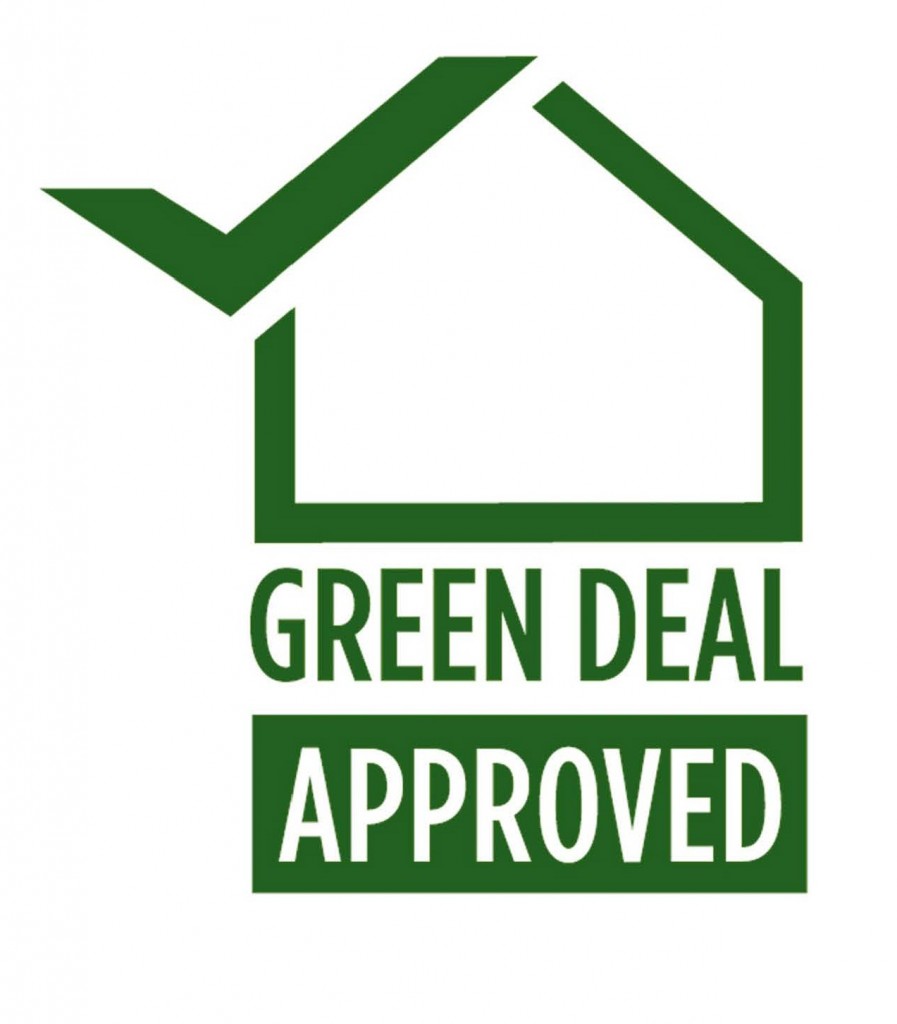4
Feb
What is the Green Deal?
The government’s long-awaited Green Deal finally went live last week, but it was launched with more of a whisper than a bang (although PM David Cameron has attempted to explain why this is!). Businesses, official groups and the general public have already expressed concerns about the current and potential negative effects of the Deal, but before we get to that we need to know exactly what we’re dealing with.
The Green Deal Hub describes it as a “user-friendly, flexible framework which enables private businesses to offer consumers the opportunity to make energy efficiency improvements to their homes and businesses without the upfront capital costs.”
The main aim is to improve the energy efficiency of buildings throughout the UK in order to reduce carbon emissions to the target set for 2050. Britain’s ageing buildings are some of the least-energy efficient in the world, accounting for 38 per cent of the UK’s total greenhouse gas emissions according to government figures. There is a general consensus across the energy industry and government that improving the energy efficiency of homes is the best way to tackle the growing problem of people being able to afford to heat their homes whilst also dealing with growing concerns about the environment. However, critics have said that the Green Deal is not enough, and that the government has effectively just transfered the responsibility of tackling fuel poverty from themselves to energy companies.
Another important goal is to generate new job opportunities throughout the construction industry for both skilled and unskilled workers. The Department of Energy and Climate Change suggests that he Green Deal could create up to 250,000 new jobs over the next decade. The main benefit for the public is the reduced energy costs that will come as a result of improving the energy efficiency of their houses, which is especially important in a time when energy bills are escalating sharply.
The energy saving measures available include improvements such as the installation of double- and triple-glazing, efficient Green Deal boilers, improved insulation, and perhaps even solar panels and wind turbines.
The overall process certainly appears to be simple:
Despite this additional charge being added to the customer’s energy bill they should end up paying less than before, as the total cost of the measures must add up to less than the estimated energy savings, and the payback period must be no longer than the length of time that the improvements will last.
The fact that the costs come in repayment form is also a benefit to the public as they do not have the worry of a huge upfront cost. Although, as with anything bought with credit, the total cost is higher than it would be if it was paid for upfront.
The costs are associated with the property rather than the customer, so there is no risk of the customer needing to move property but still having to take the Green Deal costs with them without getting the benefit.
Basically, the “Golden Rule” set by the government is: The expected financial savings must be equal to or greater than the costs attached to the energy bill.
For more information, visit The Green Deal Hub’s website. There you will find an excellent range of information for home owners, installers, and advisers, as well as more general details such as training information and a business directory. Green Deal Central also have an excellent Installer Guide, available here. Find out more about becomming a Green Deal Product Manufacturer by clicking here.
Get the latest news, special offers and up-coming events from Kelvin Power Tools delivered direct to your inbox.
Our website uses cookies so that we can provide a better service. Continue to use the site as normal if you're happy with this, or find out how to manage cookies.